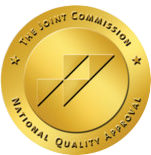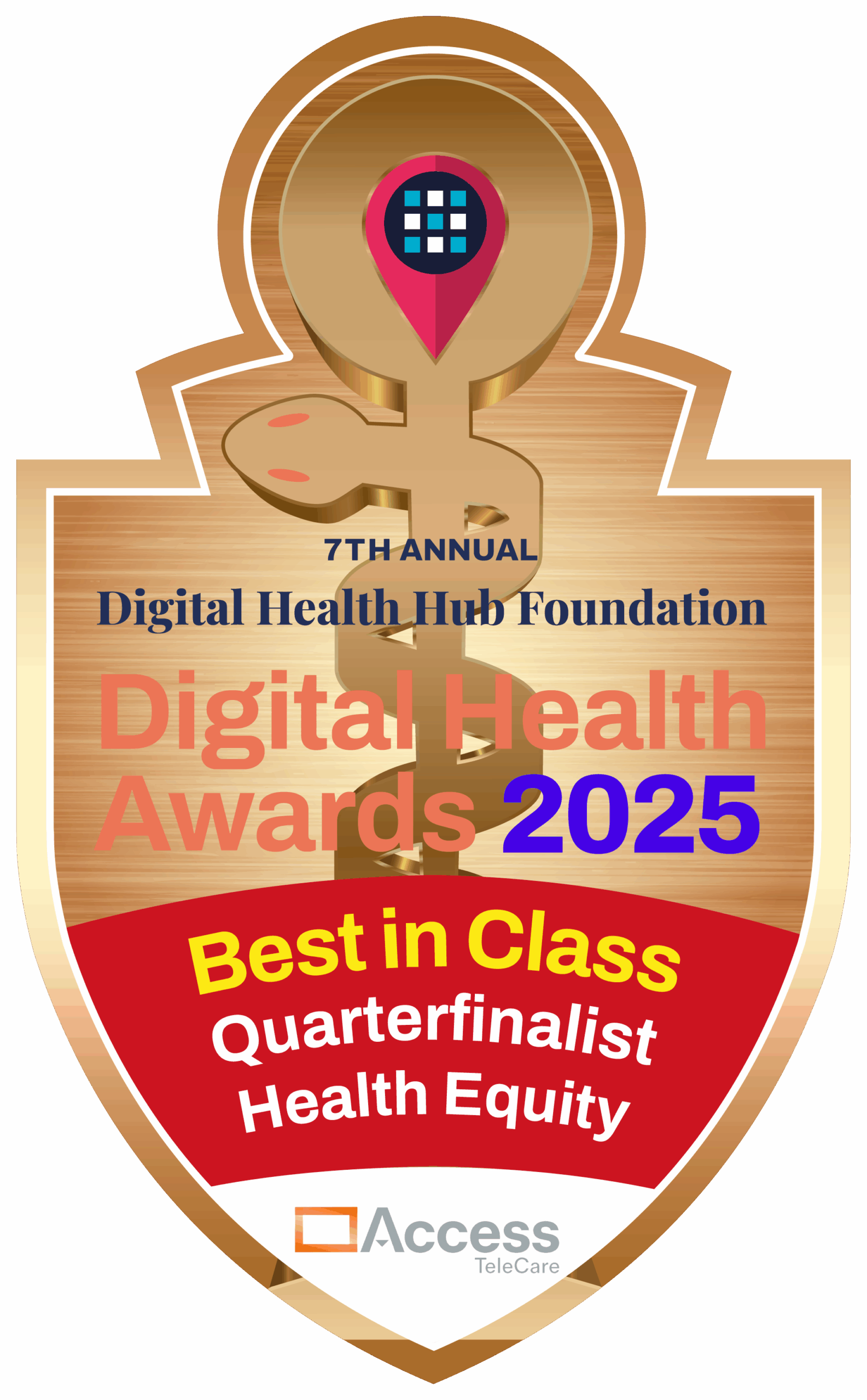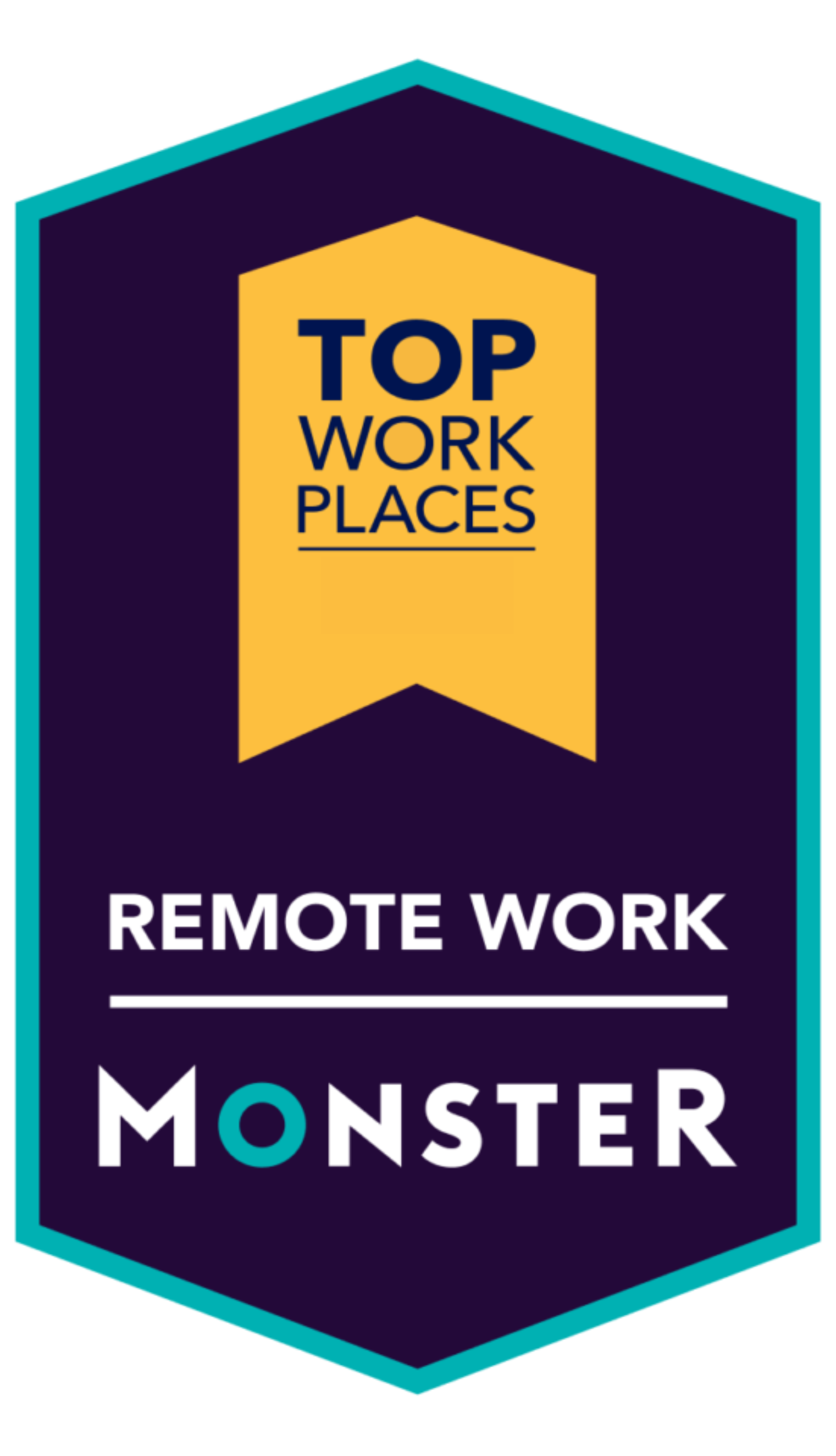By Dr. Susanna Horvath
One of the most gratifying and counterintuitive surprises of my career is how teleNeurology offers real-time clinician collaboration.
That might seem like an odd claim considering what’s going on in the world. Over the last ten months, many who worked in an office setting have transitioned to working from home. As a teleNeurologist, we typically work remotely, rather than in a clinic, hospital, or private practice setting, which one might think could be quite isolating.
In truth, as a teleNeurologist working at SOC, there is ample opportunity for collaboration and feedback.
Collaboration in traditional hospital settings
In a traditional practice or hospital setting, collaborating with colleagues in real-time can be both time-consuming and limited in scope. Multiple barriers stand in the way of an immediate second opinion. I may need to walk down the hall and knock on another physician’s door, reach a colleague by telephone or send the patient to another physician for a second opinion in the future. This is obviously a time-intensive way to collaborate.
Of course, hospital physicians have break rooms and staff meetings, but in terms of professional collaboration, it’s not comparable to my experience in teleNeurology.
Collaboration in teleNeurology
At any given time, there are several neurologists on shift seeing consults. While on shift, there are several chatrooms available to us. One is used to assign consults and coordinate patient care. The doctors have dedicated chatrooms, which serve different purposes. One is for EMR issues and technical support if required. Another serves the purpose of collaborating in real-time on difficult and challenging cases. Within this chat, there are opportunities for collaboration with your fellow neurologists about multiple issues. We share images and solicit opinions. Multiple neurologists can immediately offer their expertise in rapid time.
Access to subspecialists
At SOC, our neurologists have a wide variety of subspecialties and years of experience. This invaluable resource pool is on a different scale than the traditional practice setting. There are specialists with vascular neurology, epilepsy, and movement disorder backgrounds, for example, who may be available to comment on complex issues in real-time.
We share pertinent articles as well as new guidelines that ensure that we are current in our knowledge and maintain best practices.
A new way to practice medicine
It’s not just the professional collaboration—there is real collegiality as well.
There is a virtual doctor’s lounge where discuss non-acute issues about our jobs or our lives. We have monthly video meetings with our department chairs. We do grand rounds. There are many opportunities to see each other and interact. Though we are spread across the country, we have gotten to know each other and have developed true collegiality.
It’s not the same as in-person, of course. Like everyone, I wish for an end to the pandemic and look forward to the time when I can socialize in person.
But as for a practice environment, a place where I can learn, collaborate with colleagues, and become a better practitioner, SOC has provided all of these opportunities in new and original ways.
***
Dr. Susanna Horvath graduated from Semmelweis University Faculty of Medicine, Budapest, in 1990. Dr. Horvath did an internship (1993) and residency (1998) in Neurology, both at the State University of New York in Buffalo, NY. She has been a teleNeurologist for SOC since 2012.









